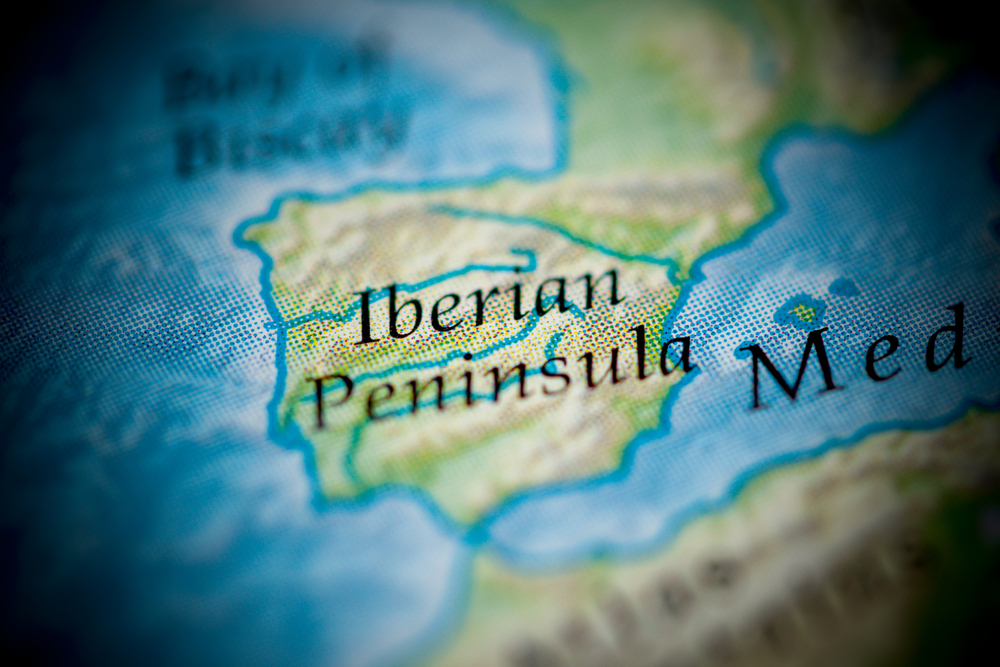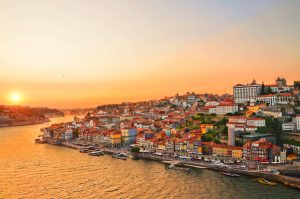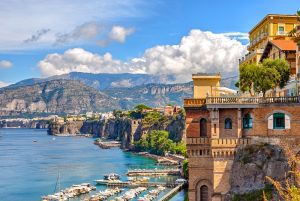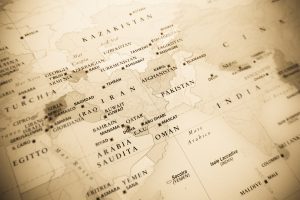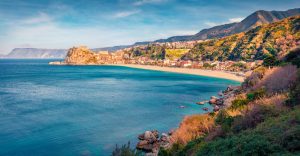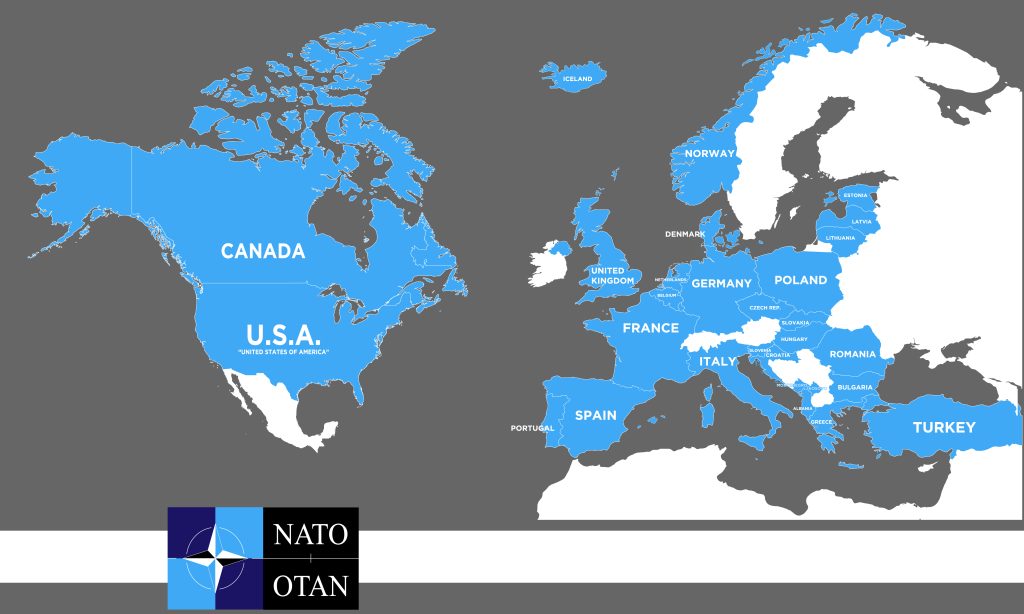Historical and beautiful Spain is a nation situated in the far southwestern region of Europe.
It inhabits more than eighty percent of the Iberian Peninsula, an area it splits with Portugal. But what country borders the northeast of Spain, sitting all the way in the southwest?
France sits at the northeast border of Spain with the small area of Andorra as well as the Pyrenees Mountains’ great expanse, separating both countries.
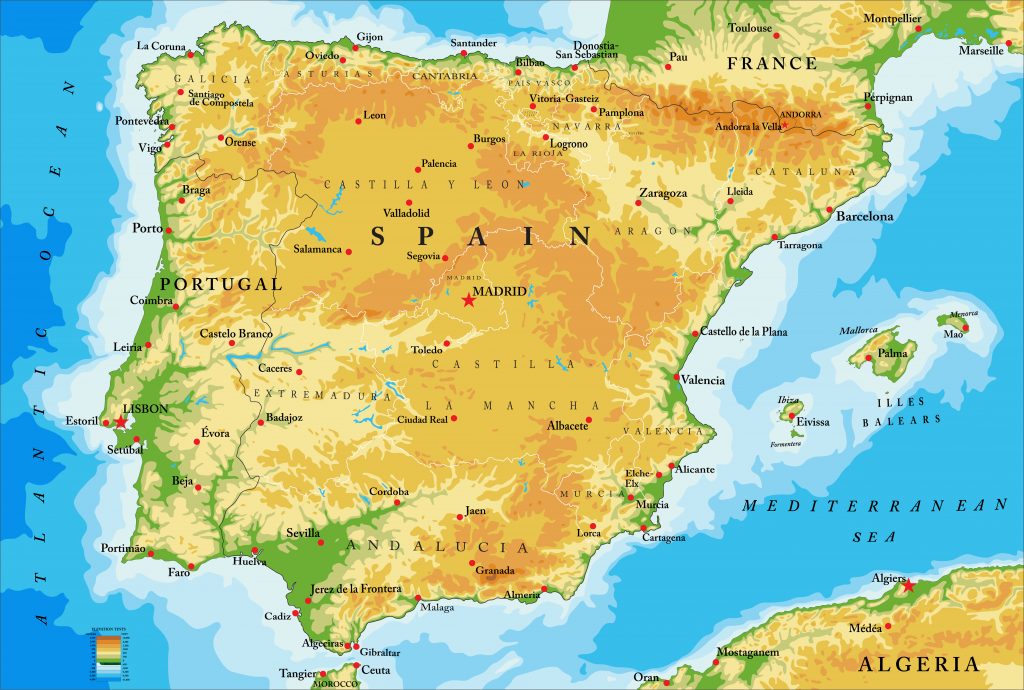
Table of Contents
What significance do the Pyrenees Mountains play in separating France and Spain?
French and Spanish borders were formalized in 1659 with the ratification of the Treaty of the Pyrenees between the two countries.
Next, the Treaty of Llivia, which surrendered the authority of numerous settlements in Querol’s valley to France, was signed.
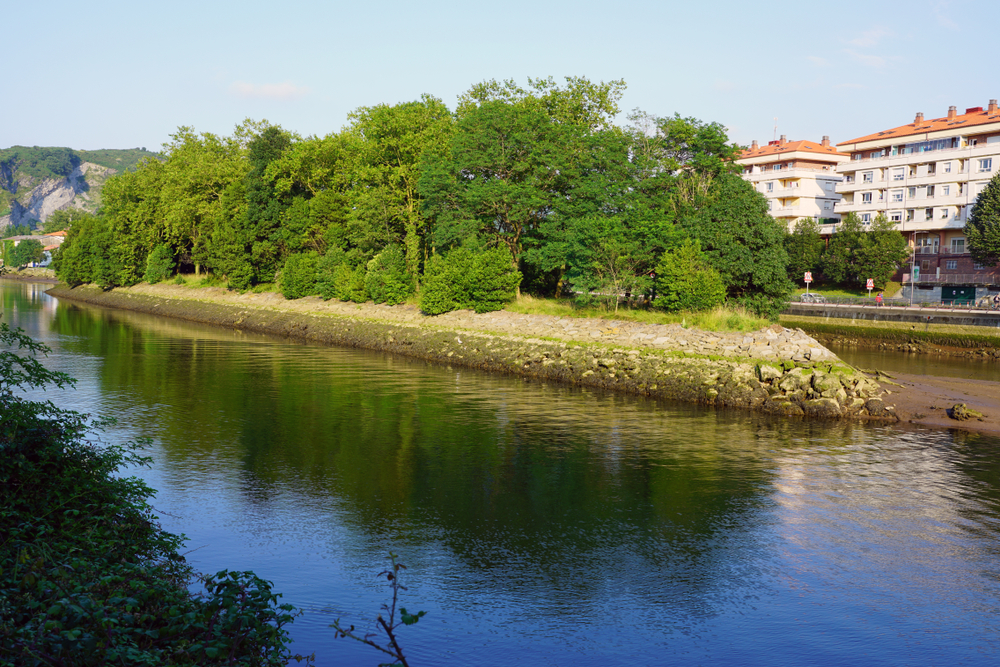
Before the ratification of the Pyrenees Treaty, France and Spain waged a 24-year conflict (the Franco-Spanish War).
On Pheasant Island, located between the two nations, they signed the agreement. The island’s administration (French or Spanish) changes about every six months.
It wasn’t until 1764 that a treaty was formed that set the limits separating Empordà and Coll Parts, and then in 1785 the Elizondo Deal was signed that fixed the altitude limitations for Aldudes as well Valcarlos.
What is the French-Spanish border agreement?
When the Schengen Agreement was made on June 14, 1985, the majority of European countries were on their way to abolishing national borders.
The goal was to create the so-called “Schengen Area,” a European Union with no national borders.
The agreement that ended border checks between European union member states was signed in Luxemburg by just five nations at the time. It is still one of the largest areas in the world.
People and commodities have been able to freely traverse the France-Spain border since the Schengen Agreement came into effect.
What kind of relationship do the French and Spanish have?
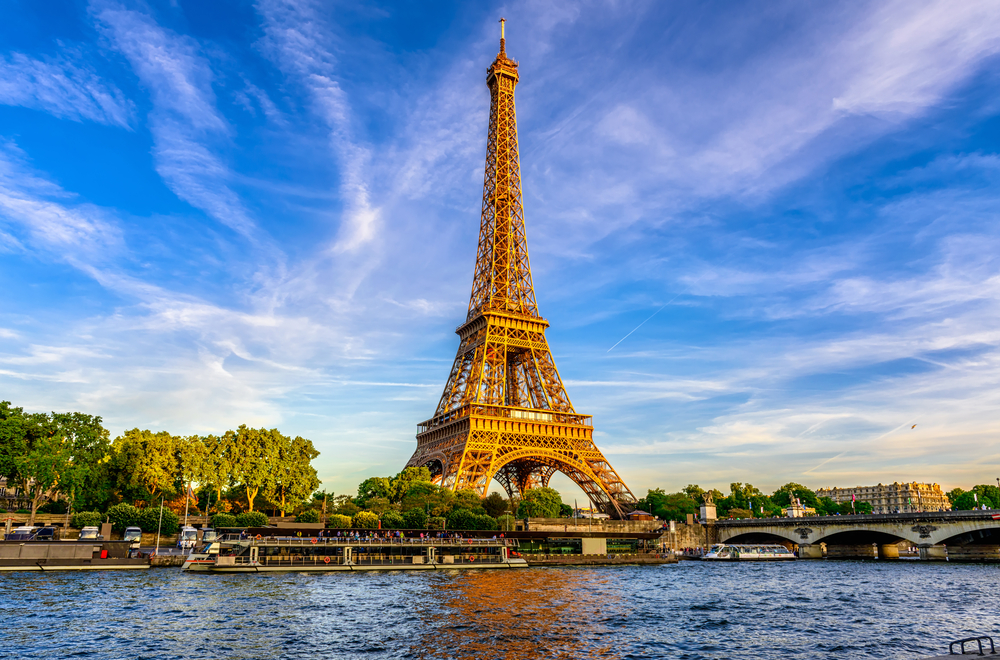
Although Spain and France have a long history of tense neighborly relations, the two countries often work together and complement each other in joint projects.
A lengthy history of economic, cultural, and political ties has existed between the two countries.
French and Spanish conversation currently takes place primarily in English, although this is expected to alter in the future.
Over 2.5 million people in France study Spanish as a foreign language, making it the country’s second most popular.
What is France’s business culture like?
The business atmosphere is usually very formal. People in France tend to treat each other as business partners rather than as friends, and speaking French helps a lot.
Negotiating processes tend to be very lengthy, and the price is always the last item up for discussion.
How are the industrial relations in France?
To put it another way, France is known for its industrial heritage as well as its worldwide standing. In 2018–2019, the French economy grew at a fast pace.
As the economy continues to grow, corporate confidence is rising and financial circumstances are improving.
Internal demand is the primary driver of France’s economic growth.
The French government’s goal is to strengthen France’s international standing by supporting the European Union’s projects and implementing structural reforms to support future growth.
Many foreign companies are considering whether or not to invest in France as a result of these developments.
What’s the state of the French banking system?

As a general rule, the French banking system is in an excellent position for a smooth transition to the European Union.
With about 36,000 bank branches, France has one of the highest rates of bank account penetration in the world (99 percent).
With a significant international presence, France’s top five banks account for 80% of business and clients.
How significant is trade between France and Spain?
France continues to remain Spain’s most important trading partner, as it has been for several decades.
Over 15% of France’s GDP comes from exports to Spain, with a total value of 41,636 million dollars in 2017.
There are also substantial sales of French items in the Spanish market, and Spain is France’s second-biggest customer with a sales volume of $33.33 billion in 2017.
The trade balance is heavily influenced by tourism, the sale of vehicles, machinery (both mechanical and electrical), fruits and vegetables, plastic materials, cast metal, and more.
Furthermore, tourism is and will continue to be extremely important for the local economy.
What is it about France that entices Spanish companies?
With its central location in the European economy, France is a particularly desirable country for Spanish enterprises today.
Furthermore, it has a well-developed transportation infrastructure, making it an ideal gateway for Spanish businesses to the rest of the globe, and a workforce that is highly qualified and competent.

Spain and France share cultural similarities as well as legal and institutional frameworks that are fairly similar in a general sense.
In 2017, 9.7% of total Spanish investment came from France, placing it in the fifth position among nations that invest in Spain.
On the other hand, investments from Spain in France accounted for 14.1% of the amount, currently the second most popular location for investment.
How much larger is France than Spain?
Even though France has a larger land area, a larger population, and a larger GDP than Spain, the two countries share identical geographical regions and several similar characteristics, interests, tactics, and aims.
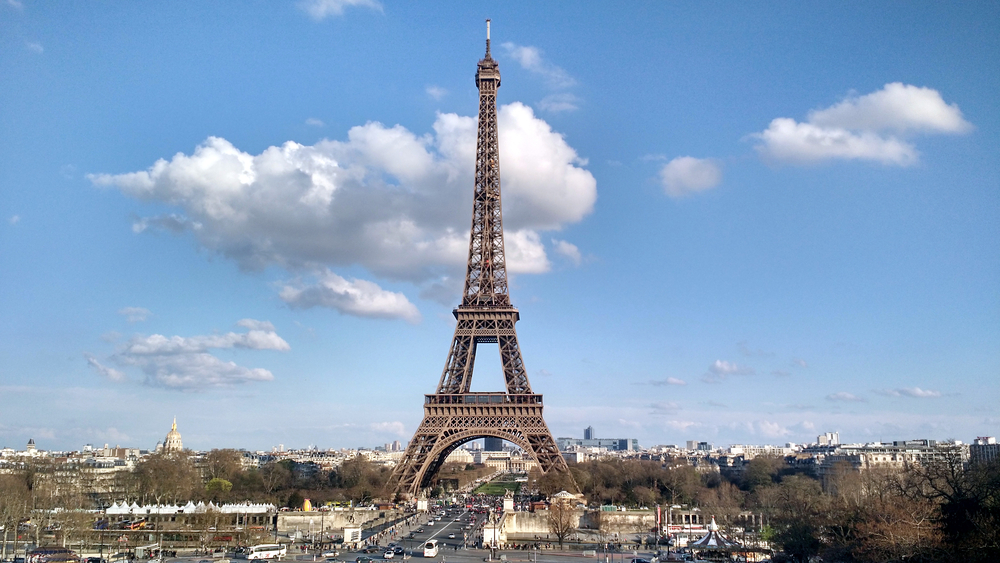
Some believe that Spain and France’s commercial relationship will keep growing stronger and more resilient.
Businesses from both countries will benefit from better communication and understanding, which will open up new avenues for cooperation.
During and after the Second World War, there was a labor shortage in post-war France due to the hardships caused by the Spanish Civil War.
In the wake of Franco’s coup in Spain, Pablo Picasso, a Spaniard painter who had lived in Paris since 1901, was denied naturalization and stayed in the French city until he died in 1973.
According to Eurostat, there are 122,385 French as well as 128,000 Spanish citizens living abroad, whereas 144,039 French citizens were born in Spain.
Following English, Spanish is France’s second most popular foreign language, while French is Spain’s second most popular foreign language.
What is the story behind Pheasant Island?
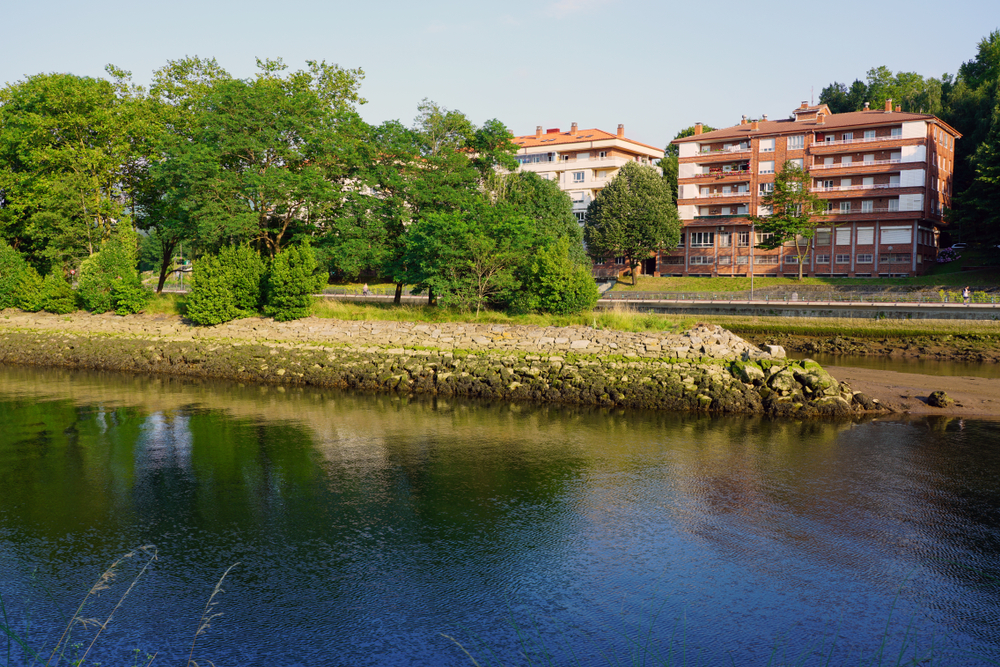
This little island, which is only around 50 meters from France and Spain’s shores, is uninhabited and hence off-limits to tourists.
Members of the San Sebastian as well as Bayonne naval headquarters are the only ones with access, as they are in charge of its upkeep while it is under their respective control.
Other than a solitary monolith that declares the island’s role in history, there have been no memorials on the island at all.
What happened on Pheasant Island?
In 1659, a treaty was made at this location to terminate a war that had been brewing since the Thirty Years’ War.
A phrase in the treaty explicitly declared the continent a communal, impartial area, signifying peace and collaboration between Spain and France because its status had previously been unclear.
Many royal marriages and prisoner exchanges have occurred there since then.

